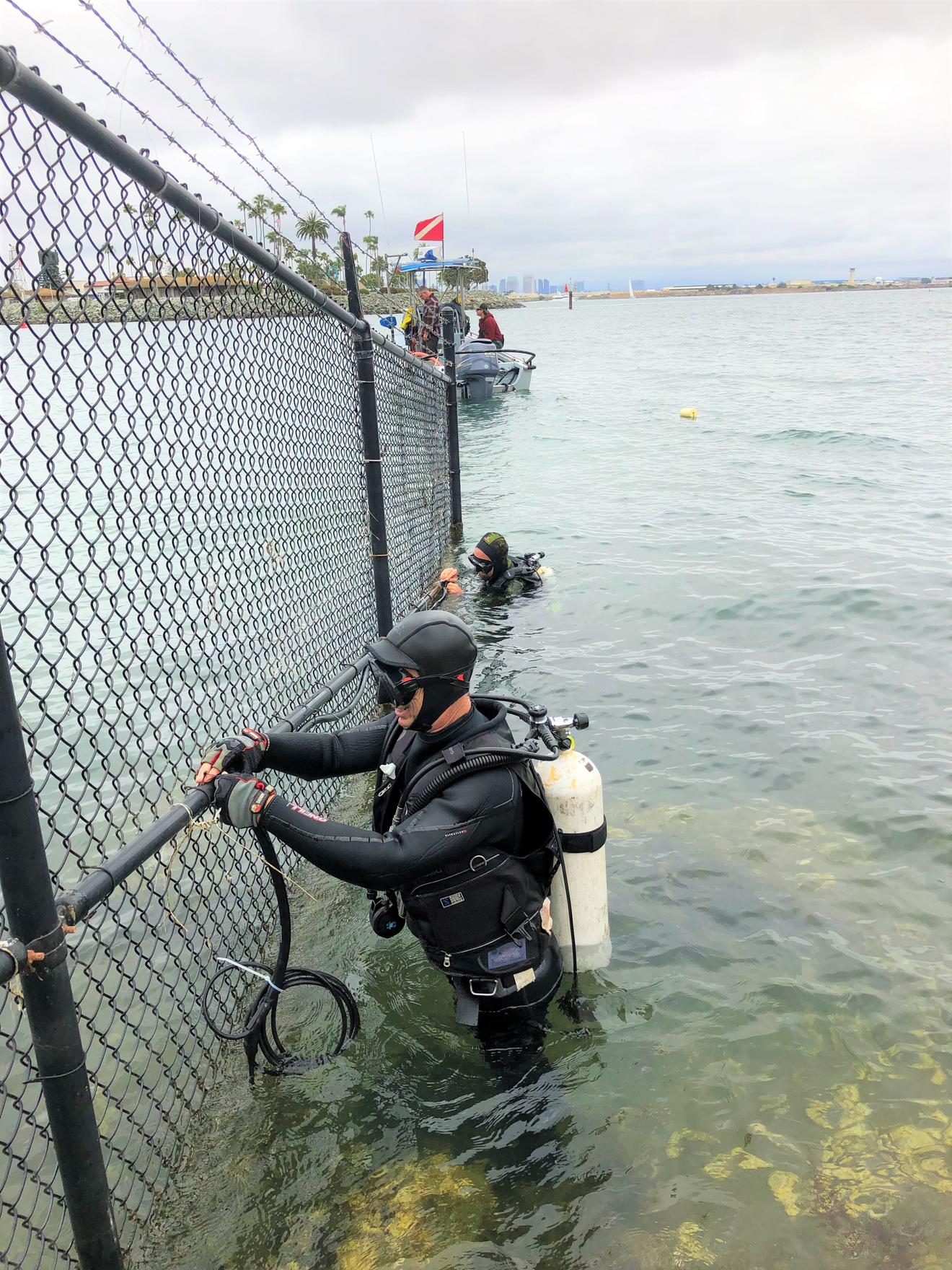Editor's Note: Sustainability is built into everything we do. As we celebrate Climate Week, we are excited to spotlight a few of the projects that are helping us reduce our carbon footprint. Also, these exciting upgrades foster energy innovation and conservation and encourage our employees and the communities we serve to take action daily to ensure a sustainable future for generations to come.
With more than 70 miles of coastline, San Diego focused on the impact of sea-level rise. However, less is known about how climate change could increase the risk of coastal flooding around San Diego Bay. That’s why our company teamed up with Scripps Institution of Oceanography to understand how climate change-induced hazards, such as extreme rainfall, sea-level rise and coastal flooding, could impact our region’s access to reliable energy.
To study the effects of coastal flooding, the team deployed tide gauges throughout San Diego Bay. These tide gauges collect data around the clock and send metrics back to researchers who can use the information to model potential coastal floods. With this data, which includes real-time and future forecasting, we can plan for coastal flooding the way we now use predictive analytics to understand the timing and strength of our region’s hot, dry Santa Ana winds that often elevate the risk of wildfires.
The coastal flooding data can also help us plan to place new equipment or potentially relocate existing infrastructure to ensure reliable energy for communities from the coast to the mountains.

One example of tracking risks to regional sea-level rise is the King Tides, which are incredibly high in the winter. On their own, King Tides don’t pose much of a risk. But, when combined with heavy rain and a storm surge, they can result in coastal flooding in low-lying areas.
“Blending our diverse backgrounds in academia and industry allows us to share a vision for the collaborative applied ocean, weather and climate research and to advance the understanding and predictability of ocean, weather and climate,” said SDG&E Meteorology Program Manager Chris Arends when asked about this unique partnership. “Together, we are striving to establish SDG&E and the San Diego region as a nationally recognized model of climate resilience.”
Learn more SDG&E and Scripps Institution of Oceanography’s work on coastal flood modeling and access real-time data at https://climateadapt.ucsd.edu/san-diego-bay/